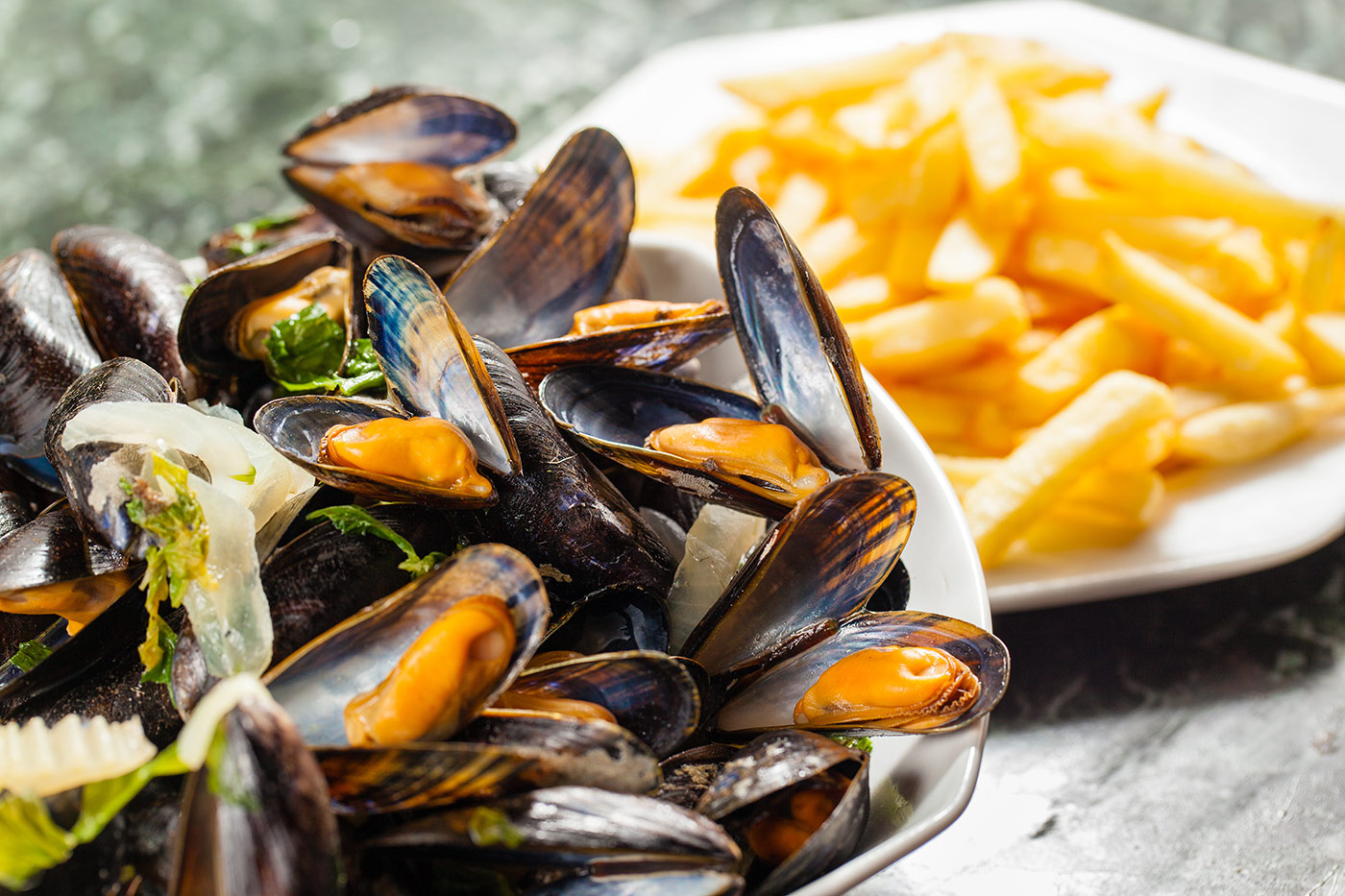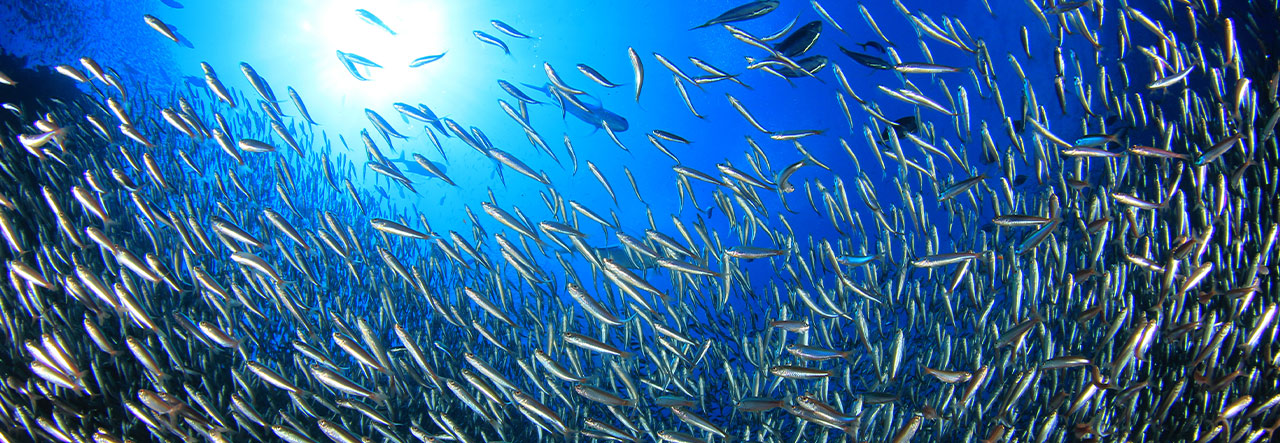New thinking is required to feed more people, more quickly and with less impact. One of the strategies gaining traction recently is Blue Food.
There’s a growing awareness that with a growing global population and a changing climate, the way food producers have been supplying our needs up until now is not sustainable in the long term. New thinking is required to feed more people, more quickly and with less impact. One of the strategies gaining traction recently is Blue Food. But what is it and how can it be part of the solution?
What is Blue Food?

Essentially, Blue Food is food obtained from aquatic sources, including bivalves such as mussels and clams, small pelagic fish like anchovies and sardines, and plants and algae like seaweed. These types of food are considered some of the most sustainable forms of protein that we can consume. It’s important to note that blue food does not include all fish because, with many species in decline, some fishing methods are known to be unsustainable.
Why is Blue Food Important?
At its core, the importance of these blue foods as a source of protein comes down to a question of inputs vs outputs. Studies have shown that it costs far less in terms of resources and therefore environmental impact to produce and consume blue foods as opposed to some other forms of protein. These are significant differences and figures like these help to explain the potential benefits of blue food.
Aside from these benefits, one can also cite the extra nutritional qualities of blue food, the potential for helping biodiversity and improvements in food security whilst making a case for increasing the consumption of blue food.
The importance of Blue Food in the Middle East?
The middle east is blessed with some of the most abundant oceans in the world which have long been used as a source of food for the people living along its rich coastlines, We are also living in an exceptionally hot and dry climate which makes farming livestock and crops more challenging than in other parts of the world. This means that the region has historically been reliant on importing large quantities of food to feed the population. This has clear implications for carbon emissions, food security and costs
These two factors in combination make our region almost uniquely placed to reap the benefits of an increase in the cultivation and consumption of blue food. We are already seeing commercial fish farms springing up across the middle east and with sustainable fishing regulations being enforced along with a rich ocean environment well suited to growing algae and seaweed, plans are already well underway for commercial cultivation of sea plants.
Blue Food at Sodexo Middle East

Sodexo already follows strict guidelines on the use of fish from sustainable sources and we are committed to sourcing 100% sustainable seafood from 2025. Blue food is also an area of focus for our chefs in the region for the coming year and we are now developing a range of new dishes that feature several categories of bi-valves (like mussels and clams) small fish and seaweed. Keep your eyes open for a much greater variety of blue food options coming your way from Sodexo from now on!
Conclusions
The truth is that there is no silver bullet for solving the sustainability issues around food production and catering. No single concept is likely to be the solution but in combination, these new ideas will undoubtedly form a big part of the way ahead.
Blue food doesn’t claim to be the solution to the world’s food sustainability issues but it can play a big part. It’s an effective way to support a sustainable food system and ensure that there's enough nutritious food to feed our growing population. By cultivating and harvesting aquatic animals, plants, and algae, we can reduce the carbon footprint of our food systems and contribute to positive change.
Sodexo is committed to playing a part in this effort, working with our chefs to create new dishes featuring blue food ingredients and educating customers about the benefits of these sustainable options.
To learn more about our commitments to sustainable sourcing, click here. You can also read the latest Sodexo Culinary Report 2023 to read about our sustainable food initiatives around the world.
